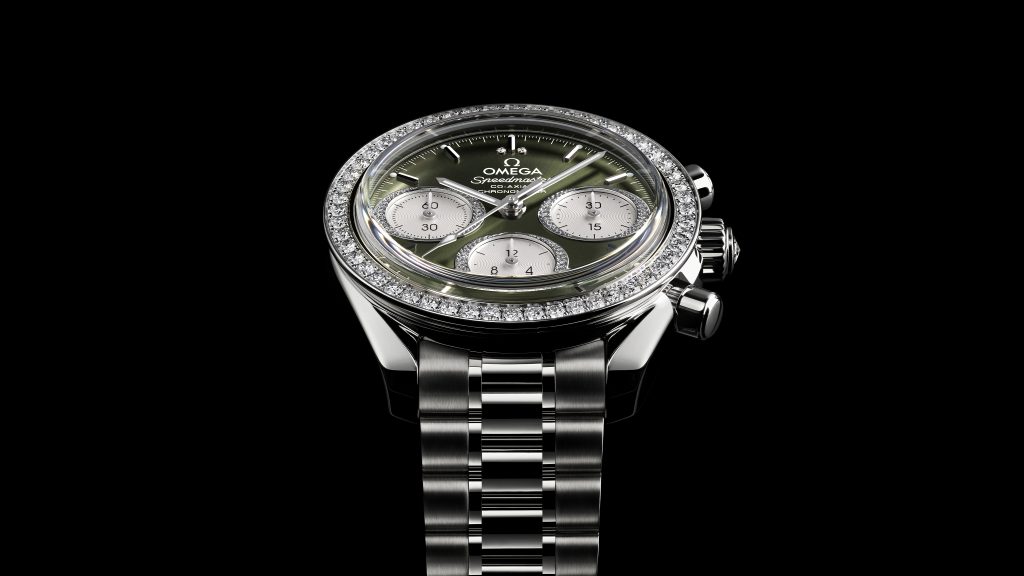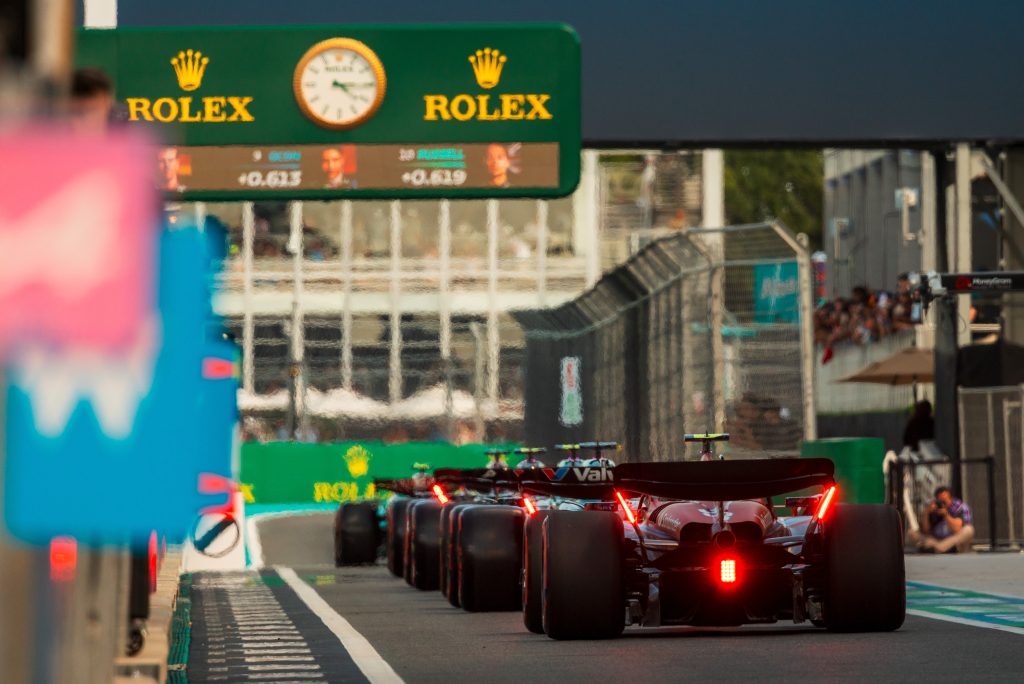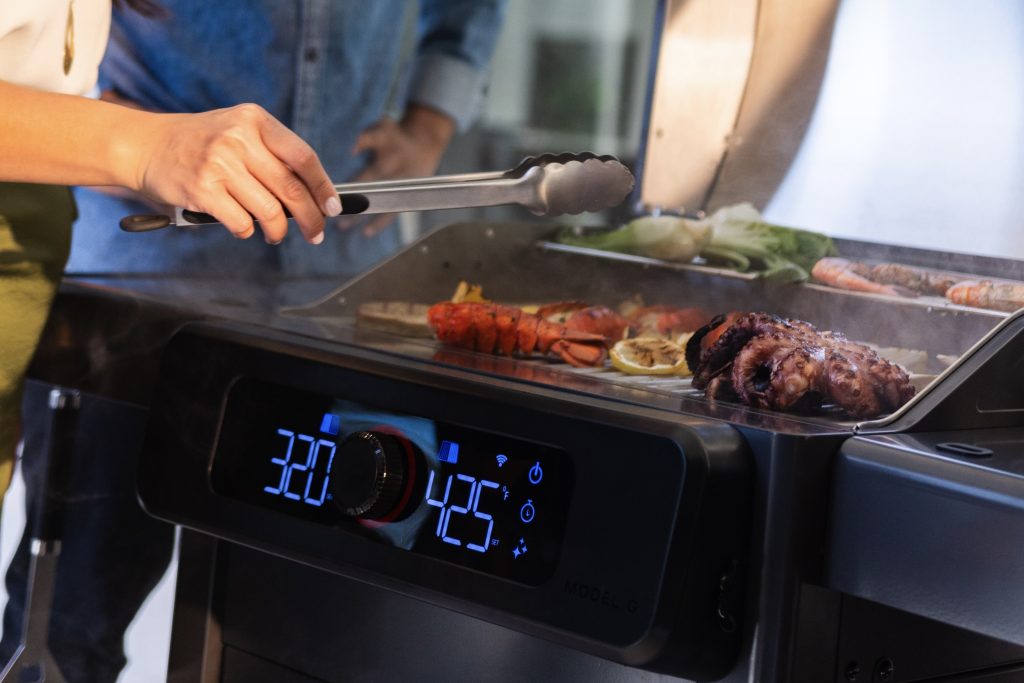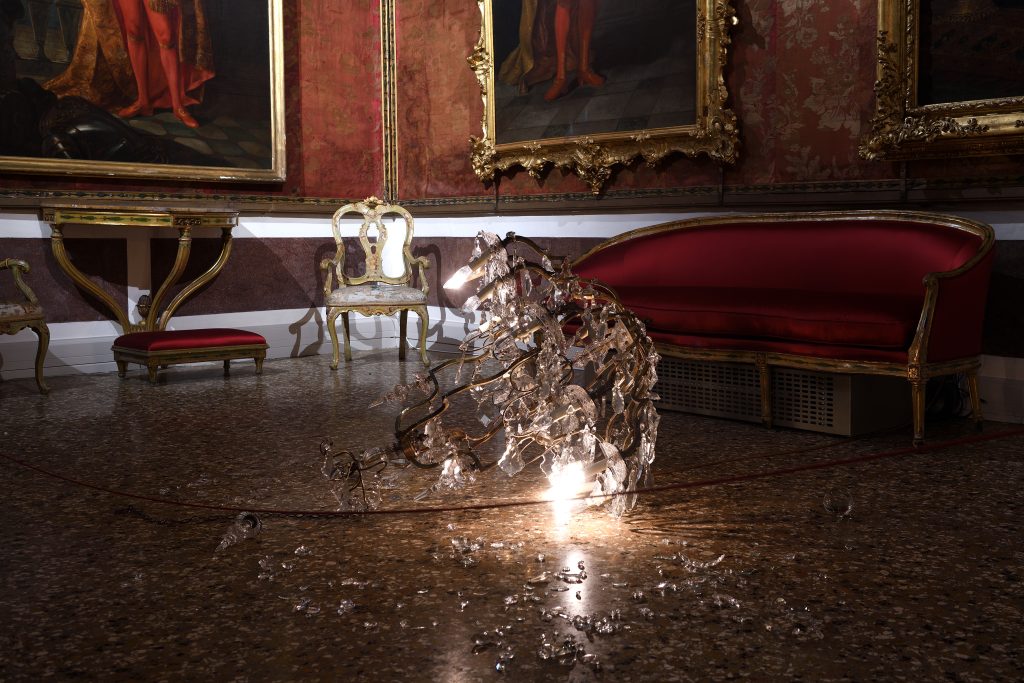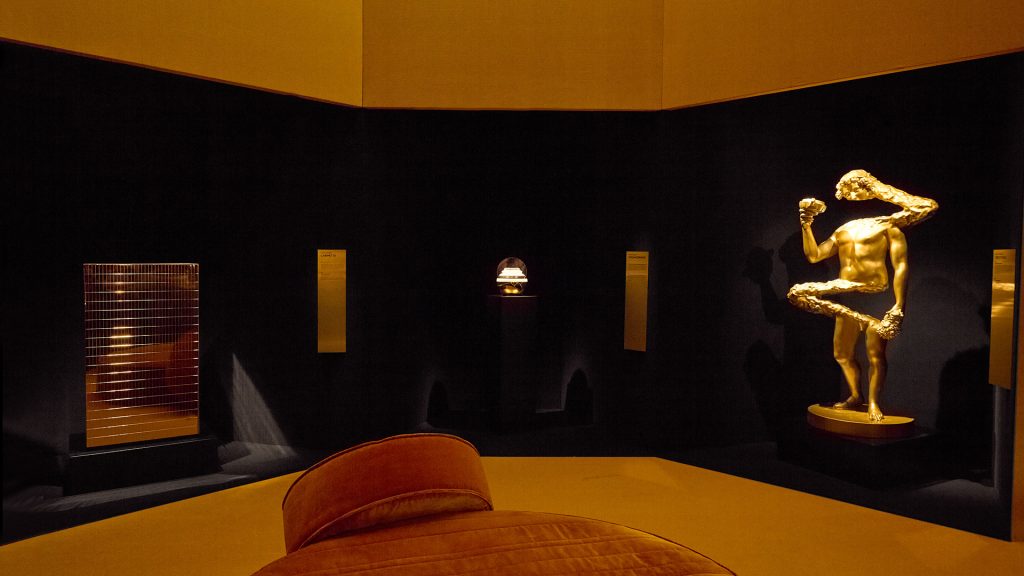Notes: Return of the Drive-In Movie Theater
A renaissance of these outdoor venues has offered more than film screenings

What a year for cinema! With the postponement of Denis Villeneuve’s Dune (to 1 October 2021) and the 25th James Bond film, No Time To Die (to April of next year), it seems like 2020 will go without a blockbuster. It makes sense, of course, what with movie theaters being unsafe places to settle in for a few hours—and the tepid response to Christopher Nolan’s Tenet demonstrates that audiences in the US are not interested in returning quite yet. Financially, all of these factors have contributed to the temporary closure of all 536 Regal movie theaters in the US, and so many independents, too. But as someone who puts Marvel release dates in his Google Calendar (and who also attends film festivals professionally), this year has required a bit of maneuvering to find new distractions. I started an animated movie club with several close friends to catch up on classics I’ve missed—and I’ve become more and more fixated on drive-in movie theaters.

I remember one drive-in movie experience from my childhood quite clearly. In September of 1999, my parents took my brother and me to the (since closed) Southington Drive-In. The large ’50s-era outdoor theater no longer utilized the bulky intercom system that you lifted off a pole and placed in your car window to hear the film’s audio track; rather, by this time, you tuned in to a dedicated radio station. Still, in ’99, you’d park between those poles. On warmer days, people would roll down windows. Some people brought pizza; others, candy. Our family had seen many bad Batman films here—1995’s Batman Forever and 1997’s Batman & Robin. But on this fall day, we saw a double feature of The Sixth Sense and The Blair Witch Project.
We had popcorn in ziplock bags. My parents were in their front seats, both angled so that those of us in the back could see over them. I was 14 and afraid of both movies. But the car windows let me observe that others were afraid, too. Our families—all lined up in this packed field—were alone together (much like, as many have pointed out, we are now, in the time of COVID-19). I’ve since seen both films several times (and I appreciate them for what they are) but nothing compares to the horror and comfort I felt in that car on that night.

Early on in the pandemic, articles began to appear about the reemergence of drive-in movie theaters. As a New Yorker, I’ve been without a car for nearly two decades. And yet my vehicular compulsions have grown wild. When Tenet released, I considered renting a car and finding a drive-in that was screening it. There are, after all, some 305 drive-ins left in the US, according to the United Drive-In Theater Owners Association. Though, none with Tenet felt like they were in reach. Well before that, in May, when I learned that Astoria, Queens’ 55-year-old Bel Aire Diner had converted to a drive-in, I debated calling a Lyft to take my husband and me—of course I’d let the driver know my plan in advance and invite them to stay.

Some of my favorite NYC institutions incorporated the drive-in movie theater, this year. Over the summer, Tribeca Film hosted pop-ups in New York, Texas and California. And although I will be virtually attending this year’s New York Film Festival closing night presentation of Azazel Jacobs’s French Exit, complete with Campari cocktails, this prestigious annual affair has hosted many of their sought-after screenings at two drive-in theaters in Brooklyn and Queens, developed in conjunction with Rooftop Films.

In August, The New Yorker weighed in on drive-ins. Now here we are. And the reason this car-less writer felt the need to say something lies in the fact that the drive-in has become something more than what I remember; it’s bigger than the nostalgia. From Nantucket’s new Dreamland Drive-In (developed by the island’s non-profit film and culture center) to Women Under the Influence, YOLA Mezcal and Lavazza’s pop-up The Drive-In at Hotel Figueroa in DTLA (which donated 100% of ticket revenue to local non-profit partners), drive-ins now give back.

Of course, learning about Austin’s Blue Starlite Drive-In helps to reduce trauma from the permanent closure of Texas city’s iconic video store, Vulcan Video (an organization that educated so many filmmakers we might as well consider it a film school). But, of even greater importance and emotional impact is learning of the drive-in being used for change, as with the Wappingers Falls pop-up drive-in at the Double O Grill that raised money for the Food Bank of the Hudson Valley.
In a filmic period when we all yearn for new releases—and many of us rely on Sundance films finally making their way to streaming services—nostalgia for the drive-in is more than a story. It’s a bit of hope. And, as it turns out, beyond hope, the drive-in movie theater can be a vehicle for change itself.
Hero image by Timothy Fadek




